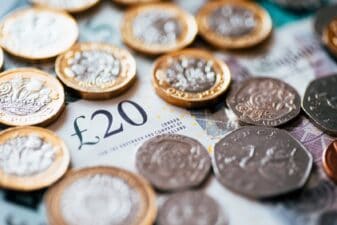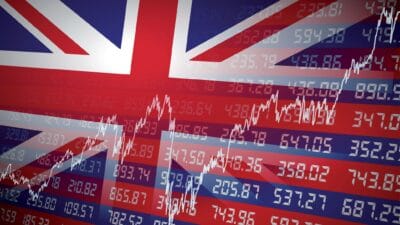It’s true that many investors look for multiple forms of diversified income streams. Some focus on just buying one or two popular dividend stocks in the hope of generating sizeable income. Yet doing this can be problematic and not particularly sustainable.
Instead, picking a tracker fund that pays out a dividend yield can be an attractive alternative. But is it really the best option?
Tracking the broad market
Some laugh off the idea of investing in an entire index. Yet it’s actually very easy to find a FTSE 100 or FTSE 250 tracker fund. In fact, I could even buy a FTSE All Share fund, encompassing hundreds of listed stocks.
There are different variations, but there are several that can be bought that pay out an annual dividend. In theory, this is the sum of all the collective dividends paid from the individual companies over the year.
So at the moment the dividend yield of the FTSE 100 index is 3.72%. This is the benchmark income return I could expect for passive income targets. If I invested £1,000 in the index, I’d expect to get £37.20 paid as income next year.
Issues with the idea
There are a few problems with investing in an entire index, or even the entire UK market (denoted by the All Share index).
To begin with, there are many firms that currently don’t pay out a dividends. Most growth stocks don’t pay out income in order to help use the cash instead to fuel more growth. Other companies might be struggling, so to preserve cash flow the dividend is cut.
Whatever the reason, I could end up pointlessly holding stocks in the tracker fund with a 0% yield.
Another issue with the entire index is that I have no ability to add value. I cannot beat the benchmark yield. For passive investors, this won’t be an issue. But for someone that likes to be active in investing, this doesn’t sit right to me.
My preferred solution
Being more selective can boost my returns without having to take on considerable risk. For example, consider the FTSE 100.
I can cut out 10 stocks that currently offer a yield of 1% or less. Even just doing that helps to boost my average yield to around 4%.
From there, I still wouldn’t invest in all of the stocks, but rather pick a dozen. Holding this number of stocks still gives me a high level of diversification. Yet I can fill this allocation with companies yielding 5-8%. This includes the likes of HSBC, BT Group and Glencore.
Not only can I achieve a higher yield this way, but I give myself complete control over the portfolio. If a share underperforms, I can easily sell it and replace it with a better company. Clearly, whatever I do, I’m still exposed to the risk of a company cutting a dividend. This remains a risk.
In contrast to buying an entire index and making a yield of around 3-4% in income, an active portfolio could increase this to 5-8%.








